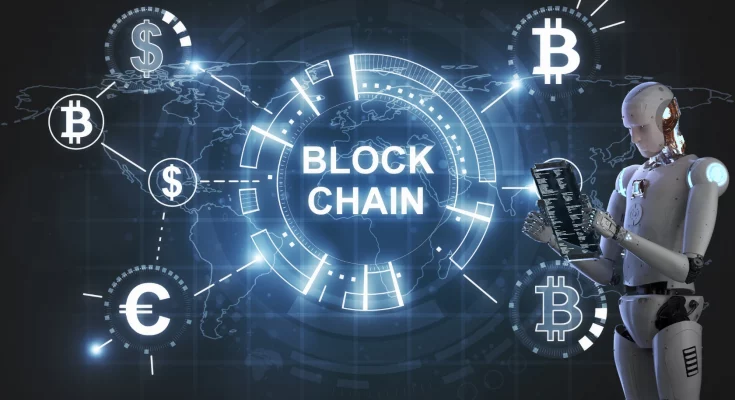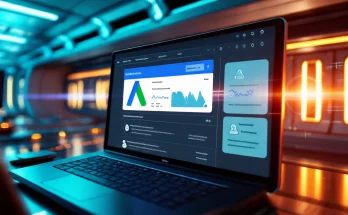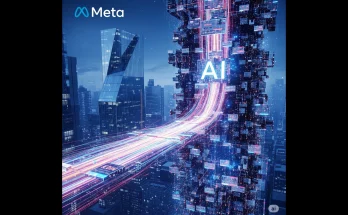The convergence of Artificial Intelligence (AI) and blockchain technology is revolutionizing numerous industries, significantly enhancing how we interact with digital platforms. Individually, these technologies hold immense potential; together, they create new opportunities that surpass their individual capabilities. The concept of 1+1=3 aptly encapsulates this integration. This article delves into one of the most exciting projects at the intersection of AI and blockchain—the Virtuals Protocol.
What is the Virtuals Protocol?
Launched in October 2024, the Virtuals Protocol is a decentralized platform designed for creating, trading, and owning AI agents. By leveraging blockchain technology, it transforms these agents into tokenized assets that generate revenue. Recently expanding to Solana after its initial launch on Base (an Ethereum Layer-2 network), the protocol is at the forefront of integrating AI with blockchain applications.
Understanding AI Agents
AI agents are sophisticated software programs capable of interacting with their environment, collecting data, and autonomously deciding how to achieve predefined goals. This autonomy enables AI agents to optimize their operations, which can lead to innovative applications across various sectors.
How Does the Virtuals Protocol Work?
The functionality of the Virtuals Protocol is grounded in several key components that support the creation and operation of AI agents:
- Agent Tokenization: AI agents are minted as ERC-20 tokens with a fixed supply. These tokens are paired with $VIRTUAL in liquidity pools, and their structure is designed to be deflationary through buyback-and-burn mechanisms.
- G.A.M.E Framework: The protocol utilizes a multimodal AI capability framework, allowing agents to perform tasks such as text generation, speech synthesis, and gesture animation while interacting with the blockchain.
- Revenue Routing: Agents can earn revenue via inference fees, app integrations, and user interactions, with profits allocated to on-chain wallets for treasury growth or buybacks.
- Memory Synchronization: AI agents retain memory through a Long-Term Memory Processor, allowing user-specific contextual continuity across multiple platforms.
- Decentralized Validation: Contributions and updates are managed through a Delegated Proof of Stake (DPoS) system, ensuring agent performance meets community standards.
- On-Chain Wallets: Each agent utilizes an ERC-6551 wallet, enabling independent transactions and asset management.
The Impact of Virtuals Protocol on Digital Engagement
The Virtuals Protocol redefines interaction in sectors like gaming, entertainment, and decentralized economies. By simplifying AI adoption and encouraging participation, it creates a scalable ecosystem. Notably, notable tokenized AI agents such as Mentigent and aidog_agent have achieved a combined valuation exceeding $850 million, demonstrating the platform’s potential value proposition.
Benefits for Stakeholders
- Provides ease of access for non-experts to engage with AI technologies.
- Rewards contributors through revenue generation.
- Encourages community collaboration and fractionalized ownership.
Legal Considerations Surrounding the Virtuals Protocol
As with any pioneering technology, the Virtuals Protocol brings forth unique legal challenges:
- Intellectual Property Rights: The ownership and protection of AI-generated content raise vital questions regarding intellectual property laws and creators’ rights.
- Data Privacy: The vast amounts of user data processed by AI agents necessitate stringent data privacy measures to safeguard user information.
- Liability and Safety Standards: Establishing clear legal frameworks to ensure AI agents’ safety and reliability is critical for user protection.
- Regulatory Compliance: Adhering to an evolving regulatory landscape poses significant challenges, demanding agility from the Virtuals Protocol to maintain lawful operations.
Specific Regulatory Concerns
- Securities Laws: The tokenization of AI agents could lead to scrutiny under securities regulations, as these tokens may be classified as investment contracts.
- Consumer Finance Laws: The processing of user data requires compliance with consumer protection regulations, ensuring fairness and transparency in revenue-sharing models.
- AI-Specific Regulations: The FTC stresses transparency and warns against deceptive practices related to AI, potentially imposing audits for bias and accountability on AI agents.
Conclusion
Despite the myriad of legal complexities posed by the Virtuals Protocol, the project stands as a testament to the transformative potential of integrating AI with blockchain technology. By innovating the framework for digital engagement and revenue generation, the Virtuals Protocol not only advances technological capabilities but also highlights the importance of addressing associated legal challenges. This balance will be crucial for fostering user trust and ensuring sustainable growth.
Stay Informed
For further insights on this exciting field, join for updates on the latest trends and developments related to AI and blockchain technologies. Join the conversation and explore the endless possibilities that lie ahead!



